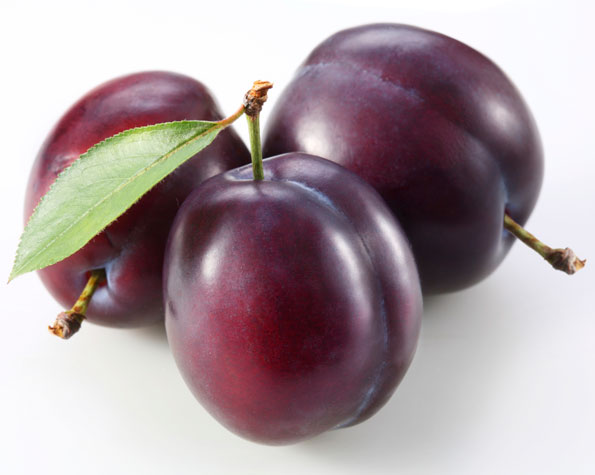October 17, 2019

USDA Under Secretary for Marketing and Regulatory Programs Greg Ibach declared the United States free of plum pox virus on Oct. 17, 2019.
“Today, our 20-year fight against plum pox disease is officially over,” Ibach said. “Working with our partners, we’ve eliminated this disease and protected the United States’ $6.3 billion stone fruit industry.”
Plum pox is a serious disease impacting stone fruit such as plums, almonds, and peaches. No other countries where plum pox disease is known to occur have successfully eradicated the disease. Plum pox does not kill infected trees outright; it causes severe yield losses and greatly reduces the marketability of stone fruit. The virus spreads over short distances by aphids and over long distances via the movement of infected nursery stock or by grafting infected buds onto healthy trees.
The disease was first detected in Pennsylvania in 1999. It was found in Michigan and New York in 2006. From the beginning, the plum pox virus eradication program was a cooperative effort among USDA’s Animal and Plant Health Inspection Service and Agricultural Research Service, departments of agriculture in impacted states, the Tuscarora Nation, industry, academia, growers, and homeowners. The program included collecting and testing plant samples, removing diseased and suspect trees, using plum pox virus-tolerant plants, and temporarily banning the planting of susceptible stone fruit varieties.
APHIS and its cooperators eradicated the disease from Pennsylvania and Michigan in 2009 and western New York in 2012. By the end of 2018, they completed three consecutive years of stone fruit field surveys in eastern New York—the last remaining quarantined area in the United States—with no further detections, putting eradication in reach.
To ensure the United States remains free of plum pox virus, APHIS has put in place a program that includes ongoing monitoring for the disease in stone fruit producing states, import regulations to prevent the disease’s reentry via imported nursery stock and propagative material, and continued cooperation with Canada to help prevent plum pox virus incursions from that country.
Source: USDA, which is solely responsible for the information provided and is wholly owned by the source. Informa Business Media and all its subsidiaries are not responsible for any of the content contained in this information asset.
You May Also Like




